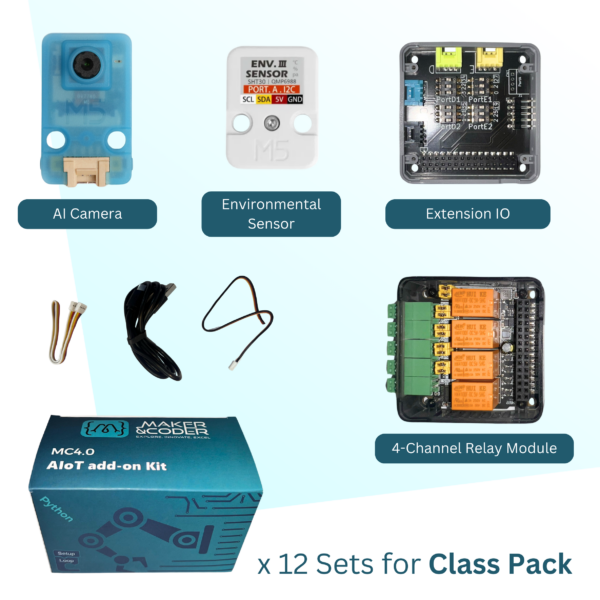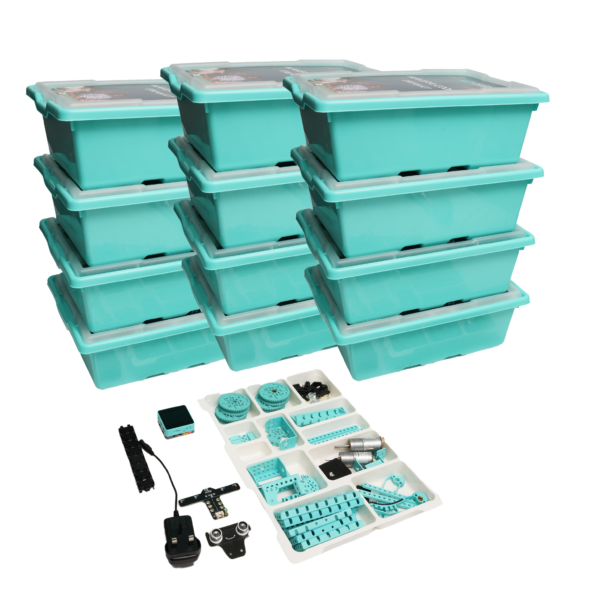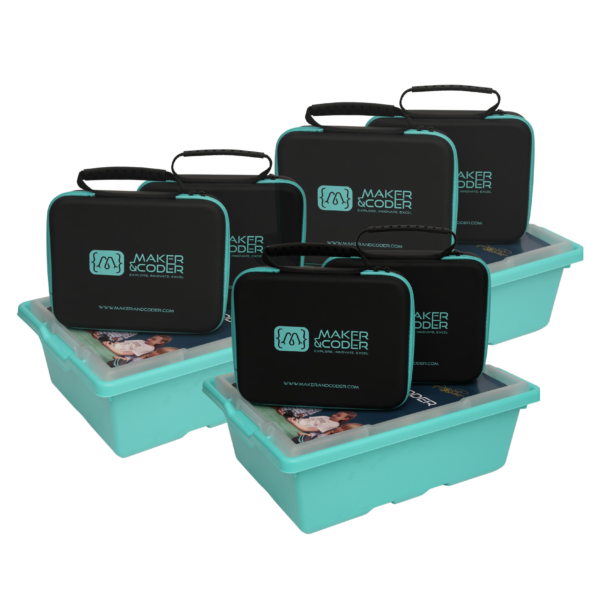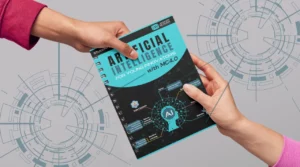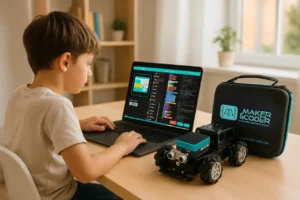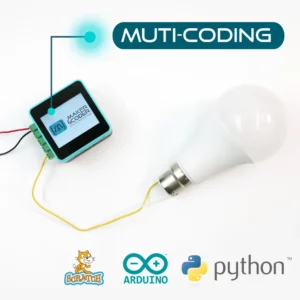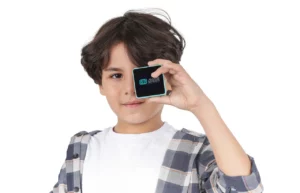Understanding IoT Kits in Education
IoT kits are tools that can help students learn about technology in a hands-on way. They include components like sensors, actuators, and microcontrollers that can be connected to the internet. These kits are used to teach concepts like coding, automation, and data analysis in a practical manner. By using IoT kits, students can see how theoretical knowledge applies to real-world scenarios, making learning more engaging and memorable.
Benefits of Incorporating IoT Kits
IoT kits can enhance your curriculum by providing hands-on learning experiences for students. They help in developing problem-solving skills, fostering creativity, and encouraging collaboration among students. IoT kits also make complex concepts easier to understand and can spark interest in technology-related subjects. By incorporating these kits, you can create an engaging and interactive learning environment that prepares students for the increasingly digital world.
Selecting the Right IoT Kit for Your Curriculum
When choosing an IoT kit for your curriculum, consider the following points to ensure you pick the right one.
- Purpose: Define the learning objectives and the skills you want students to acquire.
- Compatibility: Ensure the IoT kit is compatible with the platforms and devices your students will be using.
- Features: Look for kits with a variety of sensors, actuators, and connectivity options to provide a comprehensive learning experience.
- Support: Check for available resources such as tutorials, guides, and forums to assist both you and your students throughout the learning process.
By keeping these factors in mind, you can select an IoT kit that best suits your curriculum needs and enhances your students’ learning experience.
Planning Your Curriculum Integration
When planning to integrate IoT kits into your curriculum, start by identifying the learning objectives you want to achieve through this technology. Consider how IoT can enhance student understanding in subjects like science, technology, engineering, and math. Next, select suitable IoT kits that align with your curriculum goals and are age-appropriate for your students. Ensure to provide proper training for yourself and your colleagues to effectively implement these kits in teaching. By establishing clear learning outcomes and selecting the right tools, you can smoothly integrate IoT into your curriculum for an engaging and interactive learning experience.
Introducing IoT Concepts to Students
Students find it beneficial to start learning about IoT concepts early. By introducing topics like sensors, data collection, and connectivity in everyday objects, students grasp the basics of IoT. This knowledge can help them understand how devices communicate and exchange information in the digital world. Through hands-on activities and experiments using IoT kits, students can experience firsthand how technology connects our physical and virtual environments.
Setting Up IoT Kits in the Classroom
When setting up IoT kits in your classroom, it’s important to start by carefully unpacking all the components and organizing them for easy access. Make sure to read through the instructions provided by the manufacturer to understand how each part works. Next, connect the main control unit to a power source and ensure that it is functioning properly before proceeding. Follow the step-by-step guide to assemble the sensors and modules according to the provided diagrams. Test each component individually to confirm that they are working correctly. Finally, check the connectivity of all devices and conduct a trial run to ensure that your IoT kits are ready for classroom use.
Hands-On Activities and Projects
When incorporating IoT kits into your curriculum, hands-on activities and projects are essential. These activities allow students to apply what they have learned, enhancing their understanding of IoT concepts. By working on projects, students can explore the practical applications of IoT technology and develop valuable skills in problem-solving and critical thinking. Hands-on activities also encourage creativity and collaboration among students. An effective way to engage students is to create real-world projects where they can design, build, and test IoT systems. By integrating hands-on activities and projects into your curriculum, you can make learning about IoT both fun and educational for your students.
Monitoring and Assessment
To effectively monitor and assess student progress with IoT kits in your curriculum, consider the following steps:
- Regularly check students’ work on the IoT projects to track their understanding and skills development.
- Use assessment tools to evaluate students’ grasp of IoT concepts and their ability to apply them in practical projects.
- Provide feedback to students on their IoT projects to guide them in improving their work.
- Utilize monitoring tools to track each student’s progress in learning how to work with IoT kits effectively.
- Encourage students to reflect on their IoT project outcomes and identify areas for improvement.
By implementing these monitoring and assessment practices, you can ensure that students are engaging with the IoT curriculum effectively and making progress in their understanding and application of IoT concepts.
Troubleshooting Common Issues
Sometimes when using IoT kits in your curriculum, you might encounter common issues. Here are some tips to help you troubleshoot:
- Check the connections: Ensure all components are properly connected and there are no loose wires.
- Power source: Verify that the device is adequately powered and that the batteries are charged.
- Internet connection: Make sure the device has a stable internet connection for IoT functionality.
- Software updates: Ensure that the software and firmware are up to date to prevent any bugs or glitches.
- Resetting the device: If all else fails, try resetting the device to its default settings.
By following these steps, you can address and solve common issues that may arise when incorporating IoT kits into your curriculum.
Conclusion: Enhancing Learning with IoT Kits
As we wrap up our exploration, it’s clear that including IoT kits in education can boost student engagement and foster a deeper understanding of technology concepts. By incorporating hands-on IoT projects, students can develop vital skills like problem-solving, critical thinking, and collaboration. This experiential learning approach not only enhances their technical proficiency but also prepares them for the digital age workforce. Embracing IoT in the curriculum paves the way for a more interactive and dynamic learning experience, setting students up for success in an increasingly connected world.

